Scheduling NASA's Webb telescope's science
Thursday, 09 June 2022 17:36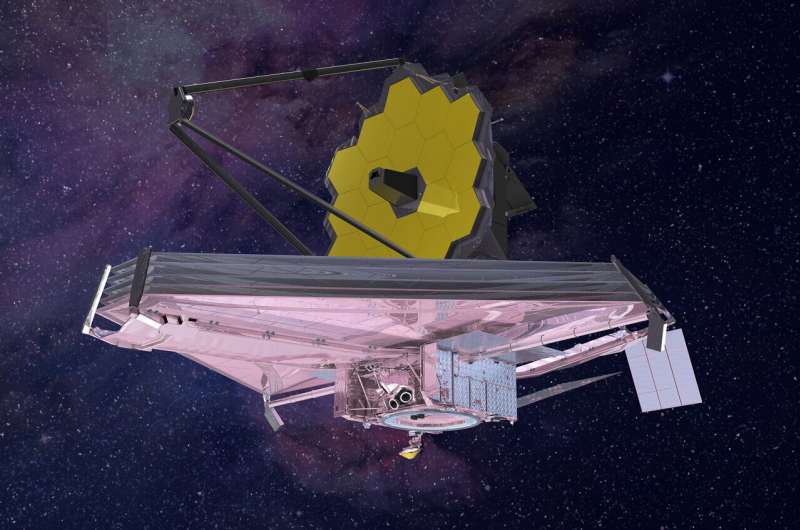
In the lead-up to the release of Webb's first full-color images and spectroscopic data on July 12, the Webb team is now in the last phase of commissioning the science instruments. The first two instrument modes, NIRCam imaging and NIRISS imaging, have been declared ready for science; watch the "Where is Webb" page as the team works their way through the other 15 instrument modes.
After commissioning is finished, the fun—and discoveries—will start: implementing the hundreds of peer-reviewed science programs that have been selected for Webb's first year. The area on the sky that Webb can see at any given time is called the field of regard. Deciding which observations to make on which day is a complicated process designed to optimize observational efficiency and manage the observatory's resources. We asked Christine Chen, science policies group lead at the Space Telescope Science Institute (STScI), to tell us how Webb's schedule comes together.
"Webb will soon transition from commissioning to regular operations when Webb's time will be devoted to scientific observations," said Christine Chen, Webb science policies group lead, Space Telescope Science Institute, Baltimore, Maryland.
James Webb telescope hit by micrometeoroid: NASA
Thursday, 09 June 2022 17:03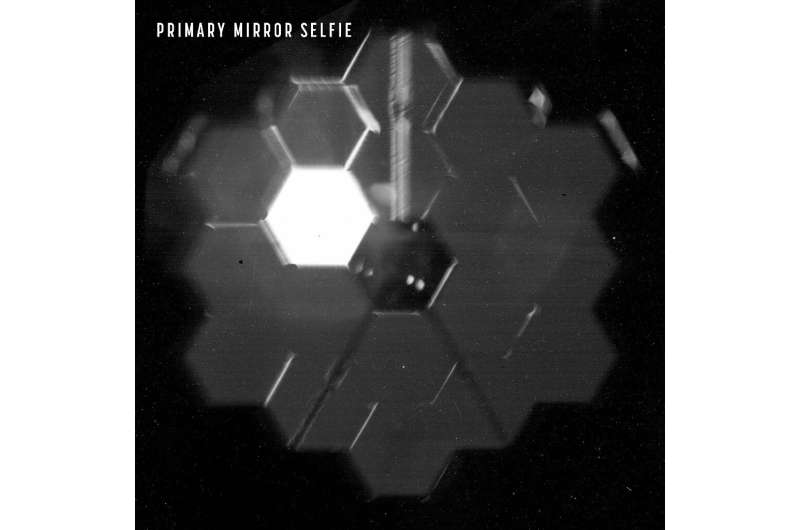
A mirror on the James Webb Space Telescope was struck by a micrometeoroid last month but is expected to continue to function normally, NASA said Thursday.
"After initial assessments, the team found the telescope is still performing at a level that exceeds all mission requirements despite a marginally detectable effect in the data," the US space agency said.
"Webb's beginning-of-life performance is still well above expectations, and the observatory is fully capable of performing the science it was designed to achieve," it added.
One of the space observatory's primary mirror segments suffered an impact from a micrometeoroid, which tend to be smaller than a grain of sand, between May 23 and 25.
Egypt’s Nilesat 301 passes health checks after SpaceX launch
Thursday, 09 June 2022 15:29
Egyptian operator NileSat’s latest communications satellite is ready to move to its final orbit after clearing health checks following its June 8 SpaceX launch, according to the spacecraft’s prime contractor.
The post Egypt’s Nilesat 301 passes health checks after SpaceX launch appeared first on SpaceNews.
Space Force delivers first of two U.S. payloads to launch on Space Norway’s arctic broadband mission
Thursday, 09 June 2022 14:18
The U.S. Space Force delivered the first of two military communications payloads that will launch in 2023 on Space Norway’s Arctic Satellite Broadband Mission.
Methane emissions detected over offshore platform in the Gulf of Mexico
Thursday, 09 June 2022 13:30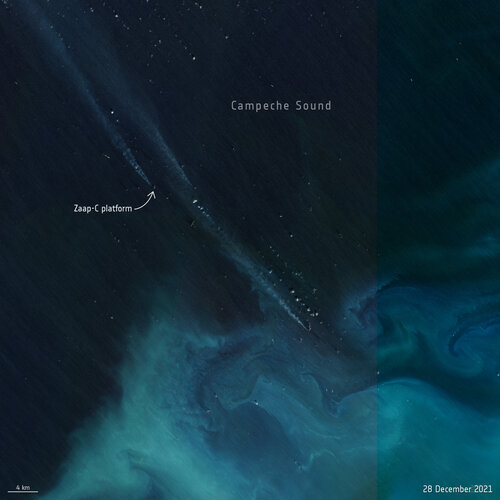
A team of scientists have used satellite data to detect methane plumes from an offshore platform in the Gulf of Mexico. This is the first time that individual methane plumes from offshore platforms are mapped from space.
NASA has purchased five more Crew Dragon missions, keeping the ISS going until 2030
Thursday, 09 June 2022 13:04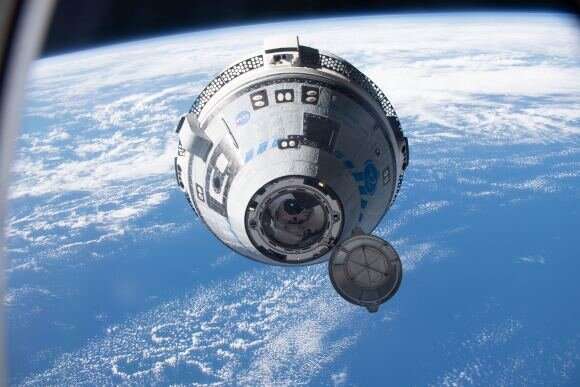
On November 15th, 2020, NASA and SpaceX made history when a crewed spacecraft—the Crew Dragon Resilience—lifted off from American soil and delivered four astronauts to the International Space Station (ISS). This mission (designated Crew-1) was a culminating achievement for NASA's Commercial Crew Program (CCP) and effectively restored domestic launch capability to the U.S. for the first time since the Space Shuttle's retirement in 2011. As of April, SpaceX's launch vehicles and spacecraft were used to mount the first all-private Axiom Mission-1 and the fourth flight of the CCP (Crew-4).
Building on this success, NASA recently filed a notice of intent (NOI) to purchase five additional Crew Dragon spacecraft. This decision is based in large part on the delays suffered by Boeing—NASA's other CCP commercial partner—and the development of its CST-100 Starliner spacecraft.
ESA gives a Boost! to D-Orbit industrial ramp-up plans
Thursday, 09 June 2022 12:00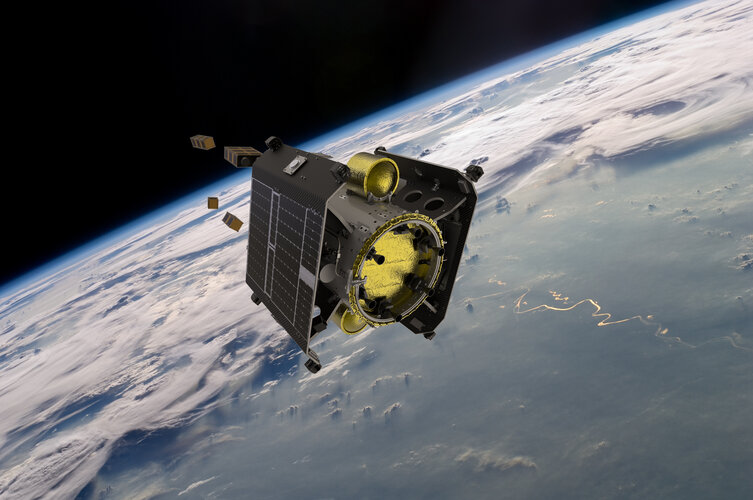
Italy-based on-orbit transportation services provider D-Orbit is set to ramp-up industrialisation of its “last-mile” satellite delivery service with help from ESA’s Boost! programme.
Psyche launch delay forcing revamp of rideshare mission
Thursday, 09 June 2022 10:32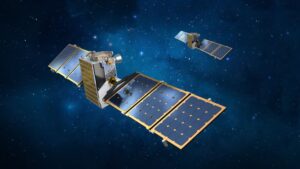
A delay in the launch of NASA’s Psyche asteroid mission is forcing another asteroid mission hitching a ride to revise its plans.
The post Psyche launch delay forcing revamp of rideshare mission appeared first on SpaceNews.
NASA Marshall Team Delivers Tiny, Powerful 'Lunar Flashlight' Propulsion System
Thursday, 09 June 2022 10:05 Engineers at NASA's Marshall Space Flight Center in Huntsville, Alabama, have built some of the largest rocket engines ever to light up the icy reaches of space. Now Marshall and its commercial partners have delivered one of the smallest propulsion systems in its history, designed to help propel an upcoming NASA mission to shed new light on the Moon's South Pole - in search of a much more useful
Engineers at NASA's Marshall Space Flight Center in Huntsville, Alabama, have built some of the largest rocket engines ever to light up the icy reaches of space. Now Marshall and its commercial partners have delivered one of the smallest propulsion systems in its history, designed to help propel an upcoming NASA mission to shed new light on the Moon's South Pole - in search of a much more useful Webb: Engineered to Endure Micrometeoroid Impacts
Thursday, 09 June 2022 10:05 Micrometeoroid strikes are an unavoidable aspect of operating any spacecraft, which routinely sustain many impacts over the course of long and productive science missions in space. Between May 23 and 25, NASA's James Webb Space Telescope sustained an impact to one of its primary mirror segments. After initial assessments, the team found the telescope is still performing at a level that exceeds a
Micrometeoroid strikes are an unavoidable aspect of operating any spacecraft, which routinely sustain many impacts over the course of long and productive science missions in space. Between May 23 and 25, NASA's James Webb Space Telescope sustained an impact to one of its primary mirror segments. After initial assessments, the team found the telescope is still performing at a level that exceeds a NASA's Lucy Mission Continues Solar Array Deployment Process
Thursday, 09 June 2022 10:05 NASA's Lucy mission team is in the midst of a multi-stage effort to further deploy the spacecraft's unlatched solar array. On May 9, the team commanded the spacecraft to operate the array's deployment motor using both the primary and back-up motor windings simultaneously to generate more torque, i.e. a harder pull.
The motor operated as expected, further reeling in the lanyard that pulls t
NASA's Lucy mission team is in the midst of a multi-stage effort to further deploy the spacecraft's unlatched solar array. On May 9, the team commanded the spacecraft to operate the array's deployment motor using both the primary and back-up motor windings simultaneously to generate more torque, i.e. a harder pull.
The motor operated as expected, further reeling in the lanyard that pulls t SpaceX launches Nilesat 301 satellite, recovers Falcon 9 first stage
Thursday, 09 June 2022 10:05 SpaceX on Wednesday launched a communications satellite and recovered its Falcon 9 rocket at sea.
Falcon 9 lifted off from Cape Canaveral Space Force Station in Florida, carrying a Nilesat 301 satellite at 5:04 p.m. on Wednesday.
The rocket's first stage booster returned to earth about 8 minutes and 45 seconds after launch and touched down on SpaceX's Just Read the Instructions d
SpaceX on Wednesday launched a communications satellite and recovered its Falcon 9 rocket at sea.
Falcon 9 lifted off from Cape Canaveral Space Force Station in Florida, carrying a Nilesat 301 satellite at 5:04 p.m. on Wednesday.
The rocket's first stage booster returned to earth about 8 minutes and 45 seconds after launch and touched down on SpaceX's Just Read the Instructions d NASA Supplier Completes Manufacturing Artemis III SLS Booster Motors
Thursday, 09 June 2022 10:05 The 10 Space Launch System (SLS) rocket motor segments that will help launch the Artemis III crew on their mission to land on the Moon are complete. Teams finished manufacturing the segments for the mission on May 18, 2022.
Each of the twin solid rocket boosters is made up of five motor segments that will be stacked with the rest of the booster parts before flight. The twin boosters supply
The 10 Space Launch System (SLS) rocket motor segments that will help launch the Artemis III crew on their mission to land on the Moon are complete. Teams finished manufacturing the segments for the mission on May 18, 2022.
Each of the twin solid rocket boosters is made up of five motor segments that will be stacked with the rest of the booster parts before flight. The twin boosters supply France Signs Artemis Accords as French Space Agency Marks Milestone
Thursday, 09 June 2022 10:05 France is the latest country to sign the Artemis Accords, affirming its commitment to sustainable space exploration that follows a common set of principles promoting beneficial use of space for all of humanity.
Philippe Baptiste, president of the Centre National d'Etudes Spatiales (CNES) - the French space agency - signed the document during an event hosted by the Ambassador of France to t
France is the latest country to sign the Artemis Accords, affirming its commitment to sustainable space exploration that follows a common set of principles promoting beneficial use of space for all of humanity.
Philippe Baptiste, president of the Centre National d'Etudes Spatiales (CNES) - the French space agency - signed the document during an event hosted by the Ambassador of France to t Iris system to digitalise airspace goes global
Thursday, 09 June 2022 07:45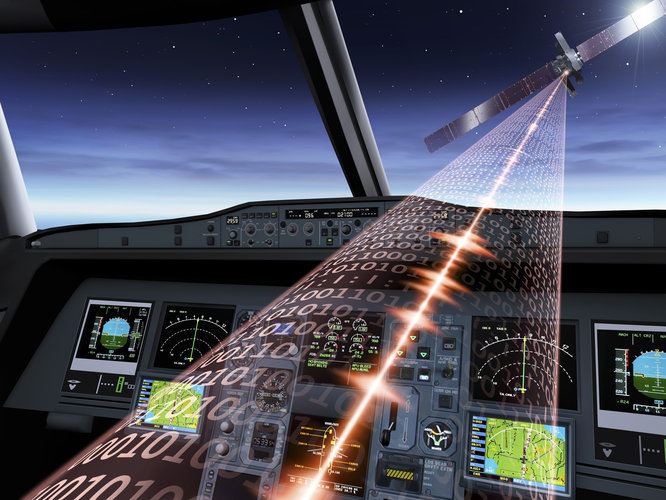
A space-enabled system to help clear congested skies while reducing carbon emissions is going global, following a deal signed today between satellite communications provider Inmarsat and ESA.
